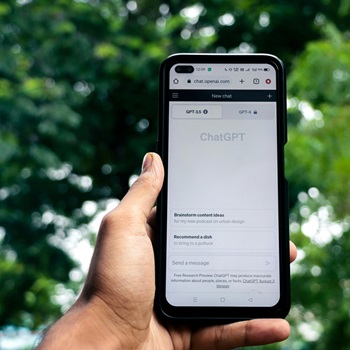Why now is the time to overcommunicate
It was June 2016. I was sitting in a room in Brussels and I was listening to a communications professional talk about his organisation’s target audience. That was the first time I heard the term ‘Brussels Bubble’.
I soon discovered it was a term used to refer to all professionals employed directly or indirectly by the business of running the European Union in Brussels, and thus a select group of 40,000 very influential decision makers.
“Twenty years ago it was a genuine Bubble,” FH Brussels GM Mette Grolleman explains, recalling her experience having worked as an advisor at the Commission and as a counsellor for the Danish Permanent Representation. “You wouldn’t get a position on an issue from a member state until you saw them in person, in Brussels. Now, with social media, that’s all changed. Positions end up in the public domain long before members get together.”
So the Bubble was already pricked when I first heard its use. So, how could it be that five years ago some could still be driven by a need to influence decision making in a ‘bubble’, without the need to gauge and engage public opinion as part of the same effort?
Few businesses or organisations can afford to swim against the tide of their own customer base, and increasingly many other groups who aren’t. Social platforms connect us along single issues and themes. The collective can be mobilised within days. Look no further than what happened thousands of amateur investors heard about US hedge funds betting on the demise of Gamestop.
In the five years since my ‘Bubble epiphany’, I couldn’t help but notice growing evidence that businesses and organisations have come to realise that they can no longer operate behind closed doors, ignoring the wider social impact of their decision making. We’re now seeing more and more briefs from the non-retail parts of finance, industry and energy, where mass consumer scrutiny was traditionally easier to avoid. Hedge funds, institutional investors, infrastructure and transport groups all now factoring in ESG impacts into their business objectives. Witness the growing list of large, traditional companies joining B Corp as they realise shareholder profit cannot come at the cost of wider societal harm.
It’s not just corporations who are impacted, but governments too. The UK, post Brexit, mid Covid, has reached a crossroads. Data and evidence have become public property. Not something to be banded around to suit policy, but something to be shared and explained within the court of public opinion. And only then, when dissected and universally owned, can policy follow. There will be no decision making on opening up lockdown in a Westminster Bubble. We must all own and follow the data, both good and bad. Will this herald a new era of consensus decision making based on evidence?
Creating harmony at the intersection of public affairs and public opinion won’t work without integrated communications. Imagine dropping a stone in a pond; it’s where the ripples are at their widest, still large in scale but far from the centre, that we must work the hardest. It means joining up one-to-one advocacy with the direct influencers of those core decision makers, and then translating those same messages, providing that same evidence, to the wider public. If you’re a multi-national, this means multiple audience groups, in multiple languages.
The interconnectedness of business and government policy, under a new form of public scrutiny, is here to stay, and that is surely a force for good. But it means both business and government are going to have to communicate in a way they have never before. Failure to do so will mean public opinion unshackled from evidence, and that can only lead to division and distrust. Not what we need as we emerge from one of the most turbulent periods in our modern history.
Peter Wilson
FH Head of Special Campaigns, EMEA
-

Peter is Head of Digital Reputation for the EMEA region. A content expert, he has helps European-based businesses in agriculture, manufacturing and transport to find and tell their own story, cutting through the noise on digital channels so that they are heard. After completing an...
Find Out More
-
Generative AI is changing the search game
May 8, 2025
-
The challenges facing Europe and European leaders at Davos 2025
January 24, 2025


